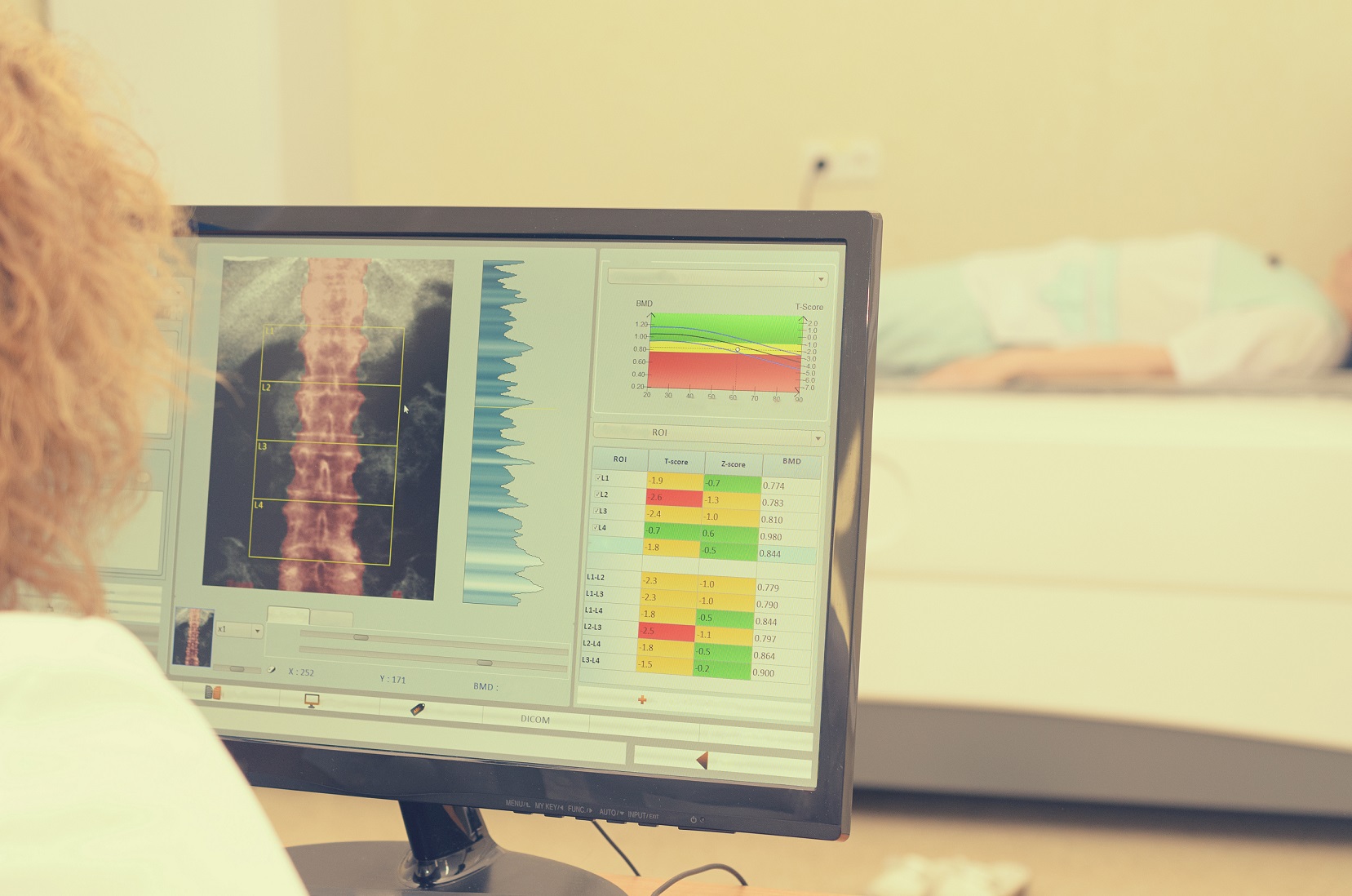Reactions: study looks at bone health in transgender youth on blockers and hormones
A study published in JAMA Pediatrics has analysed bone density in 75 transgender youth who underwent hormone blockade in adolescence, followed by hormone treatment.

Adrián Carrasco - huesos trans EN
Adrián Carrasco Munera
Specialist in Family and Community Medicine and member of the LGTBIQ+ Health Group of the Madrid Society of Family and Community Medicine
This is a cohort study to assess bone mineralisation in trans patients who started hormone blockade in adolescence and then hormone treatment to bring their pubertal development in line with their gender identity.
The study uses bone densitometry of the hip and lumbar spine (commonly used to assess bone mineralisation), showing that hormone blockade and hormone treatment are safe to achieve the expected bone density with pubertal development.
Hormone treatment in trans adolescents has been shown to be safe for bone health. Hip densitometry has been adequate in both testosterone- and oestrogen-treated boys, girls and non-binary adolescents with blockers and hormone treatment show adequate bone health in their hips.
On the other hand, in the assessment of lumbar spine densitometry there have been lower than expected results in patients who were assigned as 'male' at birth, suggesting that protocols need to be revised to avoid underachievement of oestrogen levels necessary for bone mineralisation. The authors acknowledge several methodological limitations in this regard and propose to extend the study in this population to corroborate these results and pave the way for better hormonal management in people who use testosterone in their adolescent transition.
In summary, the study brings good news regarding the safety of hormonal management of trans adolescence and invites further improvement.
Antonio Guillamón - huesos trans EN
Antonio Guillamón Fernández
Professor emeritus of Psychobiology
This is a retrospective study of bone mineral density in transgender people treated first with puberty blockers and then with gender-affirming hormone treatment. They measure mineralisation by dual-energy X-ray absorptiometry. The group conducting the study belongs to the clinic of the University of Amsterdam, which introduced puberty blocker treatment in the 1980s and is a leader in the study of the subject. They have a database dating back to 1972 (the Amsterdam Cohort of Gender Dysphoria).
This type of retrospective study, in which participants are extracted from the database and re-examined, is very difficult to conduct. The number of participants is small (25 transgender women and 50 transgender men). The authors acknowledge the limitations of the work and that they were unable to stratify the results with respect to the number of years receiving blocker treatment.
With respect to the measure used, the results are to be expected: hormone treatment affects transgender women and not transgender men. This is true for other clinical measures.
The interest of the paper lies in the fact that it provides data on the sequence: blocker treatment-gender affirming hormone treatment. There are very few papers in the scientific literature that address the adverse effects of these treatments, so the paper, with its limitations, has relevance.
van der Loos et al.
- Research article
- Peer reviewed
- People



